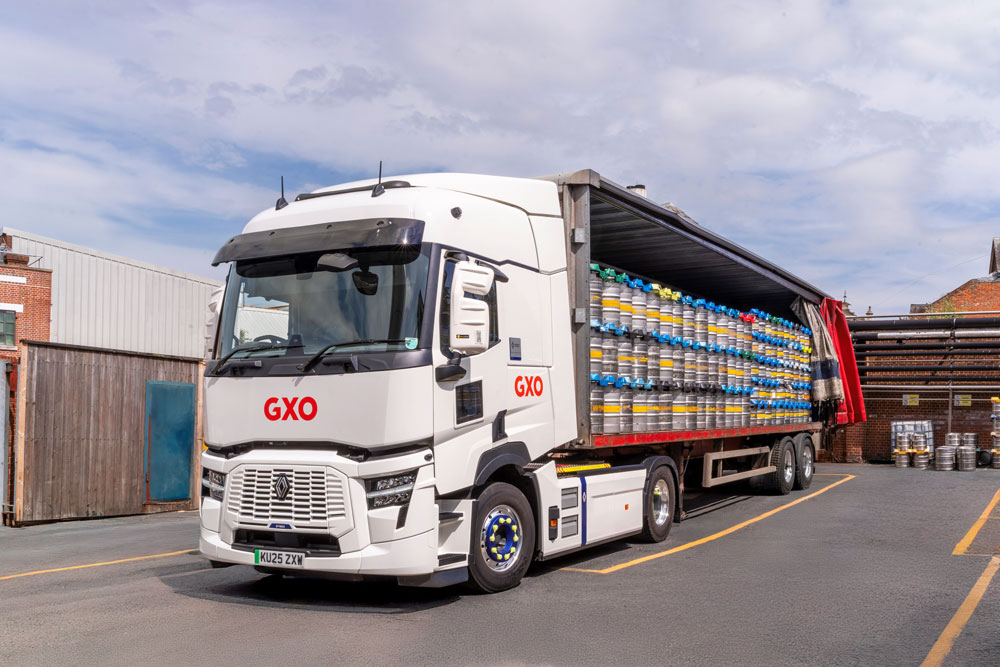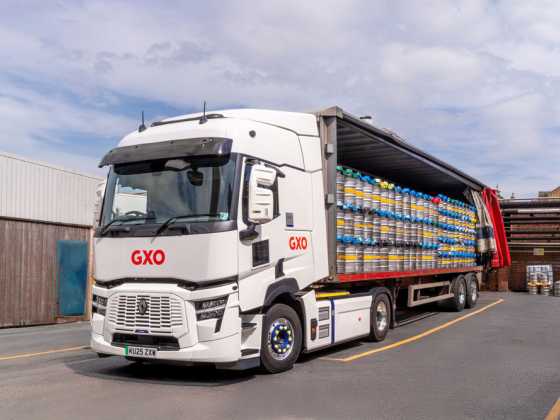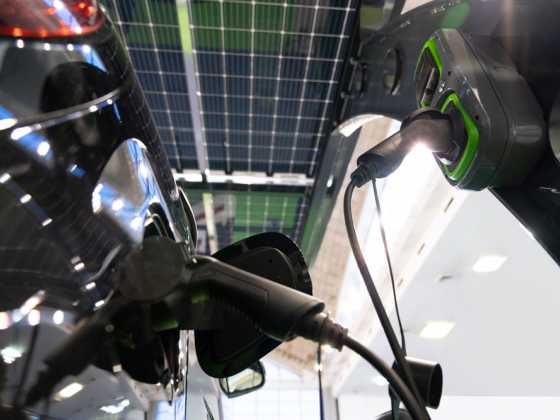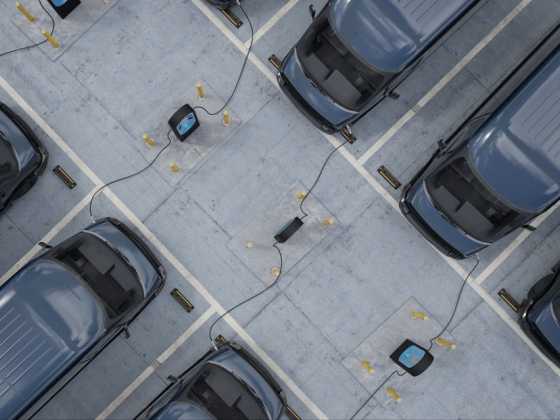Electric HGVs – how is the industry progressing?

While adoption of electric HGVs remains in its early stages, government support, real-world trials and growing infrastructure investment are beginning to overcome the barriers of range, cost and charging. So, how far has the industry progressed in decarbonising the HGV sector?
The electrification of road transport continues to gather momentum, and heavy goods vehicles (HGVs) represent the next major challenge in this transition. While electric passenger vehicles have dominated the early stages of this evolution, the decarbonisation of the freight sector is now seen as critical to achieving the UK’s net-zero targets.
Although HGVs account for a relatively small proportion of total vehicle mileage, they contribute to nearly 20 per cent of the UK transport sector’s CO2 emissions.
And while electric truck use rose in 2024, overall they account for fewer than 0.1 per cent of the fleet, according to the SMMT.
Why is the transition so slow?
The transition to electric HGVs is not without its challenges. Chief among them are vehicle range limitations and the current charging infrastructure.
HGVs are required to travel long distances, often with heavy payloads. The addition of large battery packs adds weight and impacts range, raising concerns about vehicle capability in real-world logistics scenarios. Current public charging networks, designed initially for electric cars, are often insufficient for commercial freight needs in terms of both space and charging speed.
Policy landscape
Recognising the environmental and public health benefits of zero-emission freight transport, UK policymakers have set out ambitious targets. By 2040, all newly sold heavy-duty trucks must be zero-emission, with smaller HGVs under 26 tonnes expected to meet this requirement from 2035.
The government has also confirmed an extension to its Plug-in Truck Grant scheme to help bridge the gap between the high upfront cost of a zero-emission HGV. Now running until at least 2027, the grant offers up to £16,000 for small trucks, and £25,000 for large trucks, although the precise funding levels for the 2026–2027 financial year have not yet been announced.
In parallel, the government’s Zero Emission HGV and Infrastructure Demonstrator (ZEHID) programme, which was announced in 2023, is now in full swing.
Delivered in partnership with Innovate UK and backed by a £200 million government investment, ZEHID aims to accelerate the rollout of zero-emission HGVs and the infrastructure needed to support them. The programme puts zero-emission HGVs on the road, testing them in real-world conditions, with real customers, to generate data and insights that will support and shape the future of UK road freight.
Projects to receive a share of the funding include the eFREIGHT 2030 consortia and Electric Freightway, led by GRIDSERVE.
An electric HGV charging network
Electric HGVs require high-power DC fast chargers for rapid charging to minimise downtime. The nature of freight operations, governed by legally mandated rest breaks for drivers, makes scheduled charging a viable option, provided the supporting infrastructure is in place.
To develop a HGV charging network, strategic coordination with Distribution Network Operators (DNOs) is needed to ensure the necessary grid capacity is available where it is most needed. Moreover, public charging sites must be designed specifically to accommodate the size and operational needs of HGVs. This includes sufficient space for manoeuvring and appropriately configured charging bays. These are all factors that the Electric Freightway project is considering in its rollout.
Operational and commercial benefits
In addition to their environmental credentials, electric HGVs offer a number of practical and financial advantages for fleet operators. Operating costs are typically lower due to cheaper electricity prices compared to diesel, where on-site charging infrastructure is in place. Maintenance costs are also reduced, as electric vehicles have fewer moving parts and require less servicing.
There are compliance benefits as well. Electric HGVs are exempt from charges associated with Ultra Low Emission Zones (ULEZ) and Clean Air Zones (CAZ), which are becoming increasingly common across UK cities.
Trialling electric HGVs
As part of Project Electric Freightway, GXO Logistics has partnered with long-standing customer Shepherd Neame, the UK’s oldest brewer, to introduce two fully electric Renault Trucks E-Tech Ts into daily operations in Faversham, Kent. The trucks transport beer and return empty barrels between the brewery and a nearby GXO distribution centre, completing around 10 trips a day and saving over 1,100 litres of diesel monthly. The 42-tonne electric trucks are quieter, reduce emissions, and can travel up to 186 miles per charge.
A.F. Blakemore & Son is the largest SPAR wholesaler in the UK and specialises in food supply and distribution across both retail and wholesale sectors. It has been using two Volvo FM Electric tractor units as part of Project Electric Freightway. Each vehicle features a 540kWh battery and three electric motors delivering 675bhp and a maximum 185-mile range, enabling them to directly replace roles that were previously performed by diesel-powered trucks. A.F. Blakemore & Son estimates their inclusion to the fleet will save 45,000 litres of diesel and prevent more than 120 tonnes of carbon dioxide (CO2) being emitted into the atmosphere each year.
IJ McGill Transport, a family-run SME, meanwhile is a member of the eFREIGHT 2030 consortium. It is adding three DAF electric HGVs to its 130-strong fleet and installing charging infrastructure at three of its five depots. That includes a high-capacity Voltempo HyperCharger at its Bristol HQ and 240kW chargers in Tavistock and West Bromwich. Vehicles will charge during planned downtime – early morning and early evening – to maintain operational efficiency.
Cambridgeshire-based freight and logistics business Welch’s Transport has received a 42-tonne electric Renault truck as part of its participation in the eFreight 2030 project. The truck will operate out of the company’s flagship site in Duxford on regional distribution and long-haul deliveries, and will be joined by a second early next year.
Looking ahead
As the 2035 and 2040 regulatory milestones approach, the number and variety of electric HGVs available to UK operators will continue to expand. Future models are expected to offer greater range, improved efficiency and increased payload capabilities, further strengthening the business case for transition.






